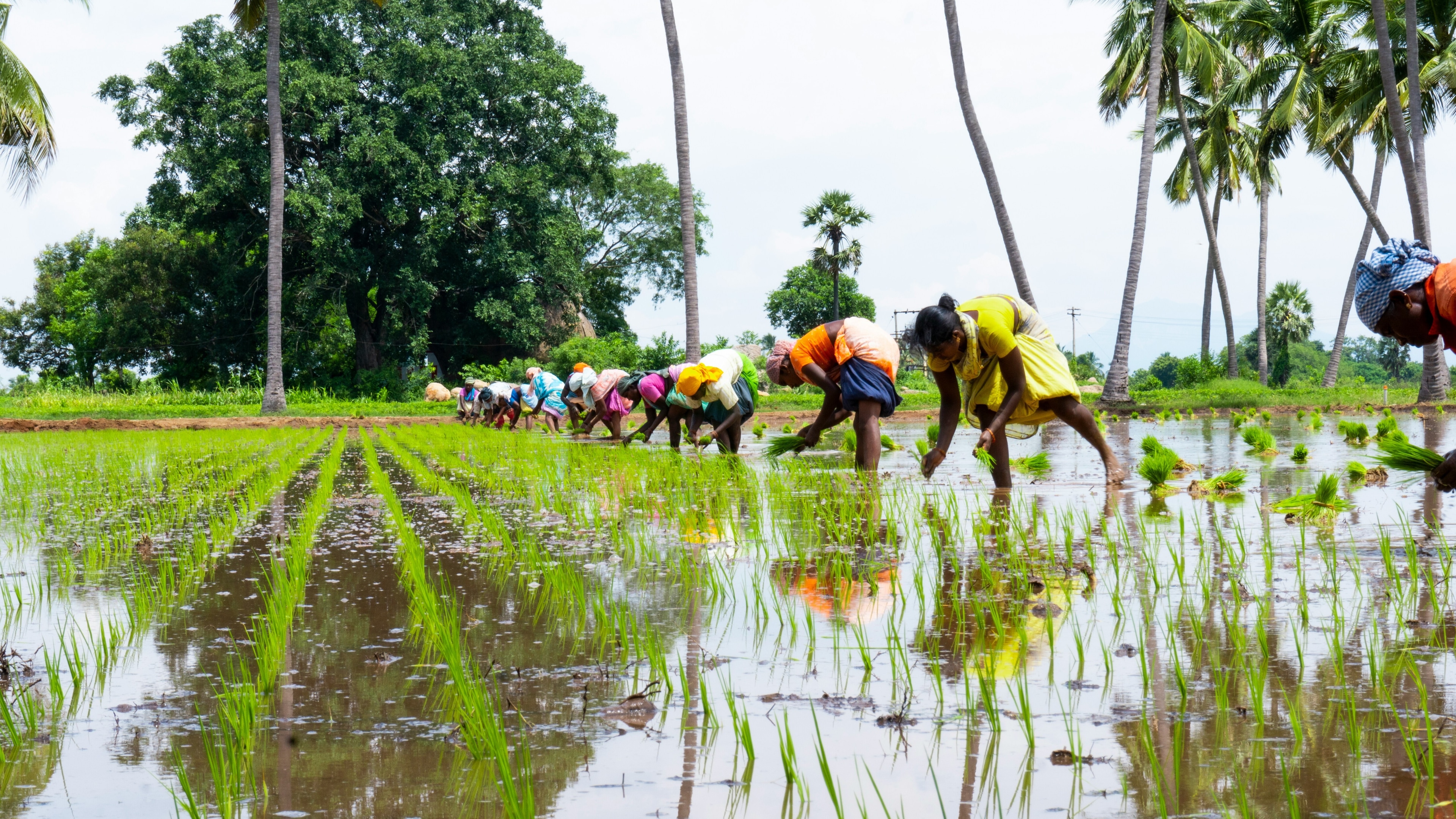The gender pay gap in sports is huge – and it’s not about to close

Serena Williams is one of the few women athletes in the world to have overcome the wide gender pay gap in sports
Image: REUTERS/Adam Davy
Stay up to date:
Gender Inequality
Cristiano Ronaldo is the world’s highest paid athlete with earnings reported to be more than $88 million, including lucrative sponsorship deals and endorsements. By comparison, the highest paid female football player, Alex Morgan, earns around $2.8 million.
This is just one example of the huge gender pay gap in sports that persists in sport. And a new report has found that the situation is not likely to improve soon, as female athletes struggle to make themselves heard in a US$145bn-dollar global industry governed by men.
The report, written by Women on Boards, an advocacy group based in the UK and Australia that campaigns for women to have the same access to directorship roles as men, found there is a "vast gender pay gap within many sports".
It highlighted stark differences between the amounts male and female athletes receive from sponsorship, endorsements, prize money and contractual earnings. The sports with the biggest gender pay gaps were basketball, cricket, golf and football.
The growing commercialization of sport is one of the factors contributing to the gender pay gap in sports. In tennis, for example, while Grand Slams pay the same prize money to male and female champions, the top male players consistently earn more in sponsorship and endorsements.
Claire Braund, Executive Director of Women on Boards, Australia, said in a statement that there was a view that “women’s sport is not as physical and not as good to watch”.
She continued: “Had our culture been used to seeing women, rather than men, play football and rugby for generations, we would find the idea of men playing these games a bit novel. It’s all a matter of perspective.”
The bright spots amid the gender pay gap in sports
But there are reasons to be hopeful amid the gender wage gap in sports. Athletics is one of the “good news stories”, with the International Amateur Athletic Federation (IAAF) World Championships and annual Diamond series offering financial rewards that are “gender blind”.
“Female and male prize money is equal, if not large by comparison with other sports,” the report says.
In cricket, the shorter T20 game has been “significantly benefiting female players” by raising their profile through bigger ground audiences and TV coverage, which has increased sponsorship opportunities, although a big gender pay gap in the sport remains.
Lack of women governing sport
The report, which was written ahead of the Olympic Games in Rio de Janeiro and follows up on a 2014 study, shows that while the number of women in Olympic sports is growing steadily, female representation on elite Olympic governing bodies is static – at below 30%. This might be another reason for the persistently wide gender pay gap in sports.
In 2014, the International Olympic Committee (IOC) Executive Board comprised 15 members, including four women appointed in 2013 – the first in the IOC’s history. Two years later, the number of women on the IOC board remains the same.
Across the 28 International Sports Federations, 18% of board members were female. This figure fell to 16.6% for the 129 National Olympic Committees assessed for the report – despite a target of 20% set for both by the International Olympic Committee in 2005.
Only eight countries - Malawi, Australia, Bermuda, Norway, New Zealand, Kiribati, Samoa and Tuvalu - had more than 40% women on their national Olympic boards and committees. The US had 31.3%, while the UK had 26.7%.
Interestingly, many of the boards that recorded increases in 2016 were coming from bases of zero female representation in the 2014 report. At the international level, tennis which has one of the lowest gender pay gaps was the only sport that recorded a significant increase in the percentage of female members - but it had 0% in 2014.
The report, which sourced data from the websites of hundreds of sporting bodies, concludes that while there are some "brighter spots", such as athletics and tennis, for the most part, the "long journey to pay parity" has only just begun.
To level the playing field, the researchers recommend tackling the "systematic barriers" facing women in sport, such as sexist behaviour, the gender pay gap in sports and poor media coverage.
Have you read?
Don't miss any update on this topic
Create a free account and access your personalized content collection with our latest publications and analyses.
License and Republishing
World Economic Forum articles may be republished in accordance with the Creative Commons Attribution-NonCommercial-NoDerivatives 4.0 International Public License, and in accordance with our Terms of Use.
The views expressed in this article are those of the author alone and not the World Economic Forum.
Forum Stories newsletter
Bringing you weekly curated insights and analysis on the global issues that matter.
More on Equity, Diversity and InclusionSee all
Joan-Paula Bor and Kathleen Schmeler
October 6, 2025
Piyush Verma and Abhinav Jindal
September 25, 2025
Aarti Lila Ram
September 25, 2025
Mark Esposito and Ava Fitoussy
September 22, 2025



